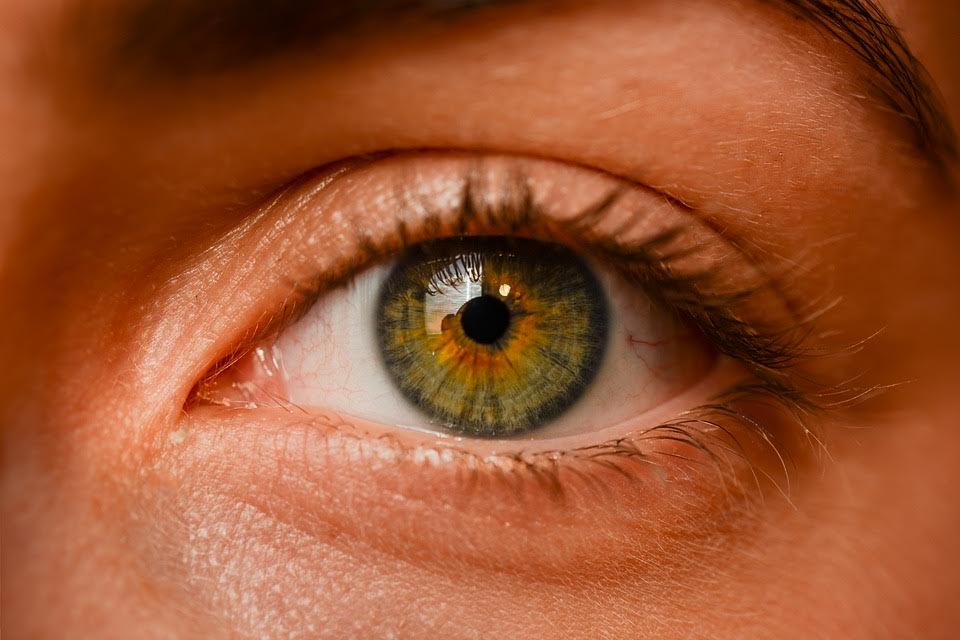Most people think that good vision means 20/20 acuity – but the reality is that having 20/20 is not enough, and here’s why.
Vision is much more complex, as it’s actually our brain that completes the processing of the visual world around us. Visual processing disorders can be present even when there is no evidence of a so-called “vision problem”, even when someone has a “perfect 20/20”.

Chances are your eyes have been tested since childhood with what’s called the Snellen eye chart, developed more than 100 years ago to test distance vision. 20/20 simply means you can see what the average person can see, with each eye, at a distance of 20 feet – however, it cannot spot many reading and learning problems and other eyestrain symptoms.
Many people fail this test, and if you’re nearsighted, farsighted or astigmatic, your vision can usually be corrected to 20/20 with glasses or contact lenses.
Modern life demands different skills, and since we spend most of our time using our eyes for reading or at a computer/smart device, we need the eye coordination of binocular vision.
Intensive near vision tasks can stress the vision system and cause many symptoms and problems, such as childhood learning problems. A report by the American Optometric Association states that 2 out of 5 children have a vision condition that affects learning. Estimated 10 million American children have undiagnosed and untreated vision problems.
The fact is that difficulty in reading, understanding, paying attention, focusing, and even disruptive behavior can all be symptoms of an underlying vision disorder.
The most common complaints of computer users today are vision-related, and this includes adults.
In reality, when we read a book or work at a computer screen, we do not cover one eye (as on the Snellen test), we use both eyes together as a team. There are certain skills that we need in order to successfully see and process the outside world: eye teaming (being able to use the eyes together as a team), focusing, tracking, recognition and comprehension.
When these skills are delayed or insufficient, learning, reading, understanding and motor skills can all be affected, and most of these visual processing issues cannot be treated by corrective glasses or contact lenses alone. This is where a regime of vision therapy exercises may be needed to teach the brain how to properly process the information that is coming in through the eyes.
Vision therapy often calls for a combination of glasses to optimize visual acuity and therapeutic exercises intended to train eye coordination and comfortable focusing ability.
Vision therapy is for children and adults who want to overcome visual challenges and improve visual abilities. It can help people sustain attention, improve their reading and writing skills, give meaning to what they hear and see, rely less on movement to stay alert, focus better, and drive with less strain and more ease.
At Vision Development Center of Lancaster, we go beyond 20/20. We are dedicated to helping both children and adults, offering treatments and exercises through our therapy program, designed to address very specific sets of vision disorders displayed by an individual patient. The program is Non-Invasive, Drug-Free and based on the world renowned Doctor Arthur Seiderman’s techniques that can truly change the life of someone with symptoms of ADD and ADHD.
We encourage anyone who is suffering from a visual dysfunction or has been diagnosed with ADD/ADHD to take steps to better health and quality of life today!
If you’d like to know more about the vision therapy, or if you’re looking for ADHD doctors or ADD doctors in Lancaster PA, turn to our highly trained staff and state of the art equipment – call our office at (717) 656-0534 today to make an appointment, or start by taking our free vision quiz.
